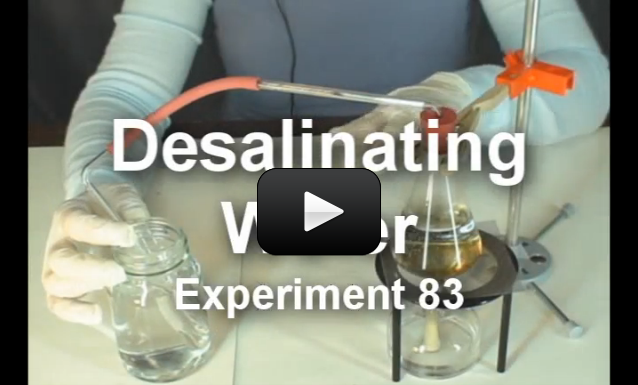This experiment is for advanced students.
Lewis and Clark did this same experiment when they reached the Oregon coast in 1805. Men from the expedition traveled fifteen miles south of the fort they had built at the mouth of the Columbia River to where Seaside, Oregon now thrives.
In 1805, however, it was just men from the fort and Indians. They built an oven of rocks. For six weeks, they processed 1,400 gallons of seawater, boiling the water off to gain 28 gallons of salt.
Please login or register to read the rest of this content.


Oops, sorry about that! It looks like your access is for the K-8 lessons. This unit is under the 9-12 and advanced middle school access.
Please email us at contact@superchargedscience.com if you’d like to upgrade your access.
why cant i see the experimint
You have to request the grade you’d like (there’s info at the top of the Grade Level page). I’ll have my team connect with you to get you set up!
I paid for the Sciencs learning space program and as we tried to access 5 th grade it claims we have no access. I will be going between grades..
My team will contact you right away!
I just joined and would like access to 5th grade experiments and curriculum. I would like to switch between different topics for 5th grade also. thanks
I’ll have my team connect with you right away!
I just joined and would like access to 5th grade experiments and curriculum. I would like to switch between different topics for 5th grade also. thanks
Hi Mandy,
Welcome to our science family! You get access to a certain set of topics with your first month, and access to additional topics with every month after. You can request special access to an entire grade level if you wish, so I’ll have my team connect with you to get your account set up. Happy experimenting!
I’m new as of today and purchased the K-8 program. I am unable to access the lessons to the 5th grade Desalination. Any thoughts on what is happening?
Hi Tanya,
My team will connect with you right away also. We can arrange for you to have access to a particular grade level entirely. There’s an assessment packet you can download for chemistry on the 5th grade chemistry page that has the individual concepts listed out on what they should be learning with this section. Let me know if you have more questions.
Hi, i agree with Rica. it is not easy to follow for a 5th grader and many of the experiments are not available. and as a result, my 5th grader became disinterested in this program. what should 5th graders learn about chemistry? i’m interested to read the response to Rica and your suggestion for my 5th grader.
thank you.
I’ll have my team connect with you right away.
Hello, I am trying out your escience program and I am a bit confused when I use Grade Levels. For example, I selected 5th Grade. Under science experiments, there is Desalination. When I click that experiment (first of all I don’t have access), it is an advanced experiment. The readings, introduction, etc. are too advanced. So how do I determine what is best for 5th grader? Do I just skip any experiment that ‘looks’ to be advanced? What are 5th graders supposed to learn about Chemistry? Perhaps Grade Level is not as easy to use as just going by Topics?
Thank you.